When Alaska Airlines announced Thursday further impact from the Max 9 forced grounding earlier this year, the first thing we wondered about was any potential impact on the upcoming Hawaiian Airlines acquisition and merger.
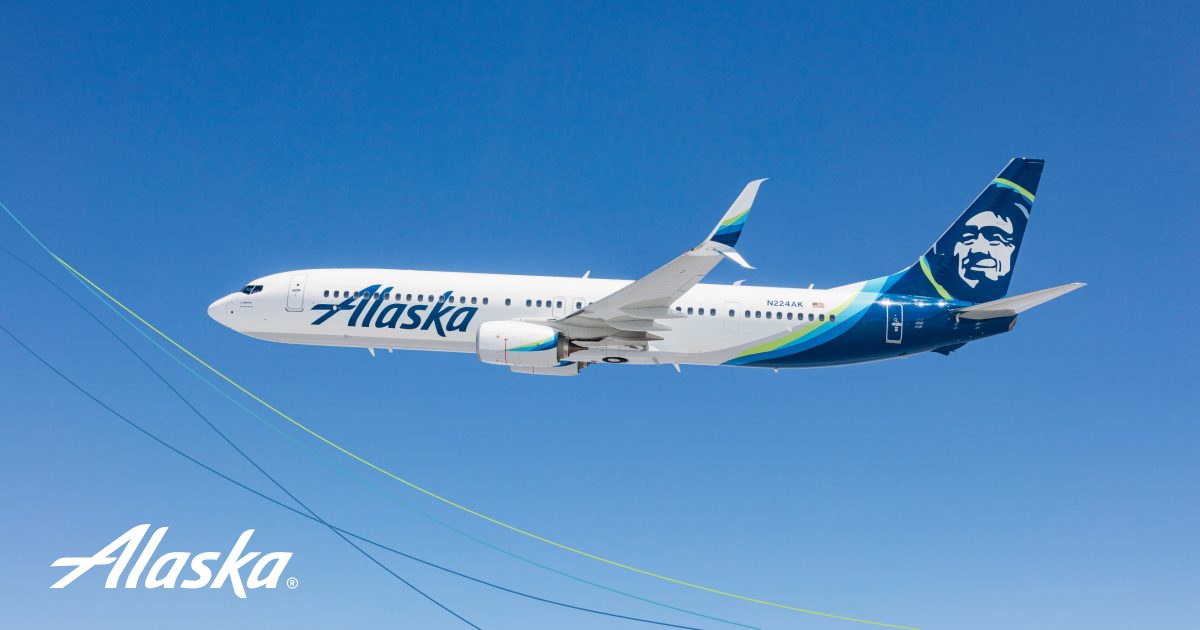

Alaska Airlines disclosed that the enforced downtime of 737 Max 9 aircraft could detrimentally impact its long-term profit growth. This setback also addresses concerns about future aircraft delivery schedules and more regulatory scrutiny. Does this have broader implications, especially considering the airline’s pending merger with Hawaiian Airlines?
Alaska Airlines acknowledged that its plan for all of 2024 remains unclear. This uncertainty is caused mainly by delays in plane deliveries, a fluid situation made worse by heightened aircraft scrutiny from the FAA and the Department of Justice.
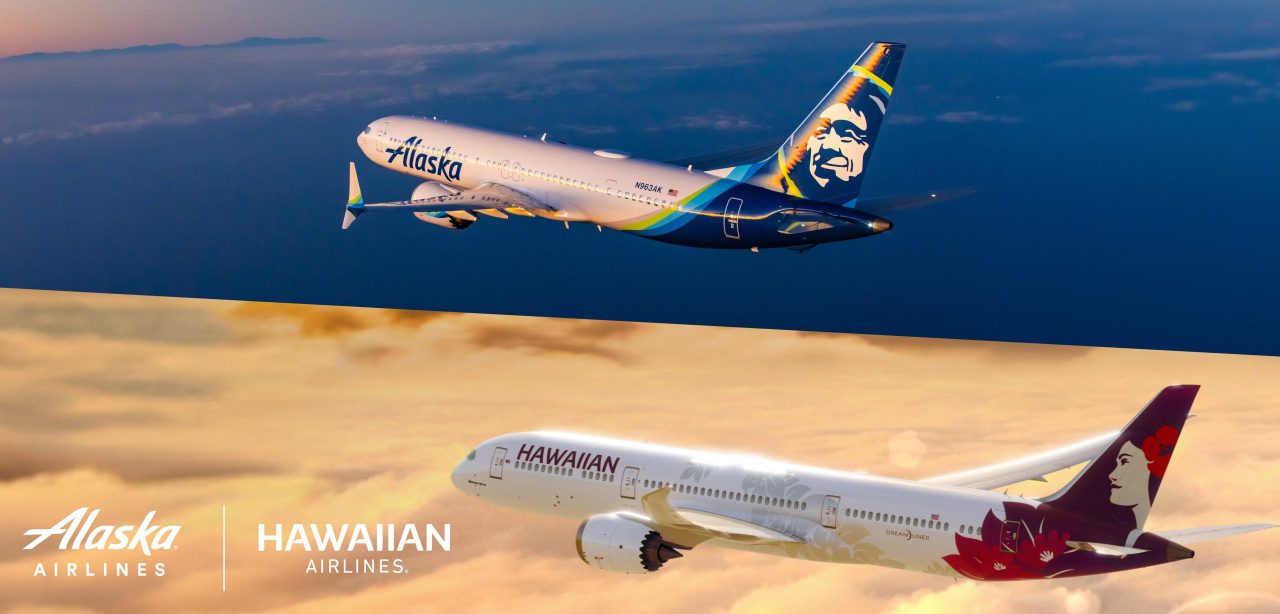

What isn’t yet clear is whether financial and operational uncertainties could, in addition to impacting the airline’s profitability, cast any shadow over strategic endeavors, such as the highly anticipated Hawaiian Airlines purchase. That deal will soon face the full scrutiny of the Department of Justice.
While we await further news, it becomes clear that Alaska Airlines faces additional complexities beyond the financial impact it revealed Thursday.
1. The airline will also now face significant but anticipated scrutiny by an airline-merger-adverse US Justice Department in relation to Alaska’s Hawaiian Airlines purchase.
2. Barring an intervention by the Justice Department, Alaska Airlines will need to navigate an intricate process of merging its operations with Hawaiian Airlines. In that, they will synchronize two distinct airlines that operate within vastly different frameworks. This includes achieving harmony among divergent aircraft, systems, people, and approaches into one optimized and combined set of operations and methodologies.
What’s upcoming will be daunting, although Alaska is no lightweight regarding such matters, having successfully absorbed Virgin America.
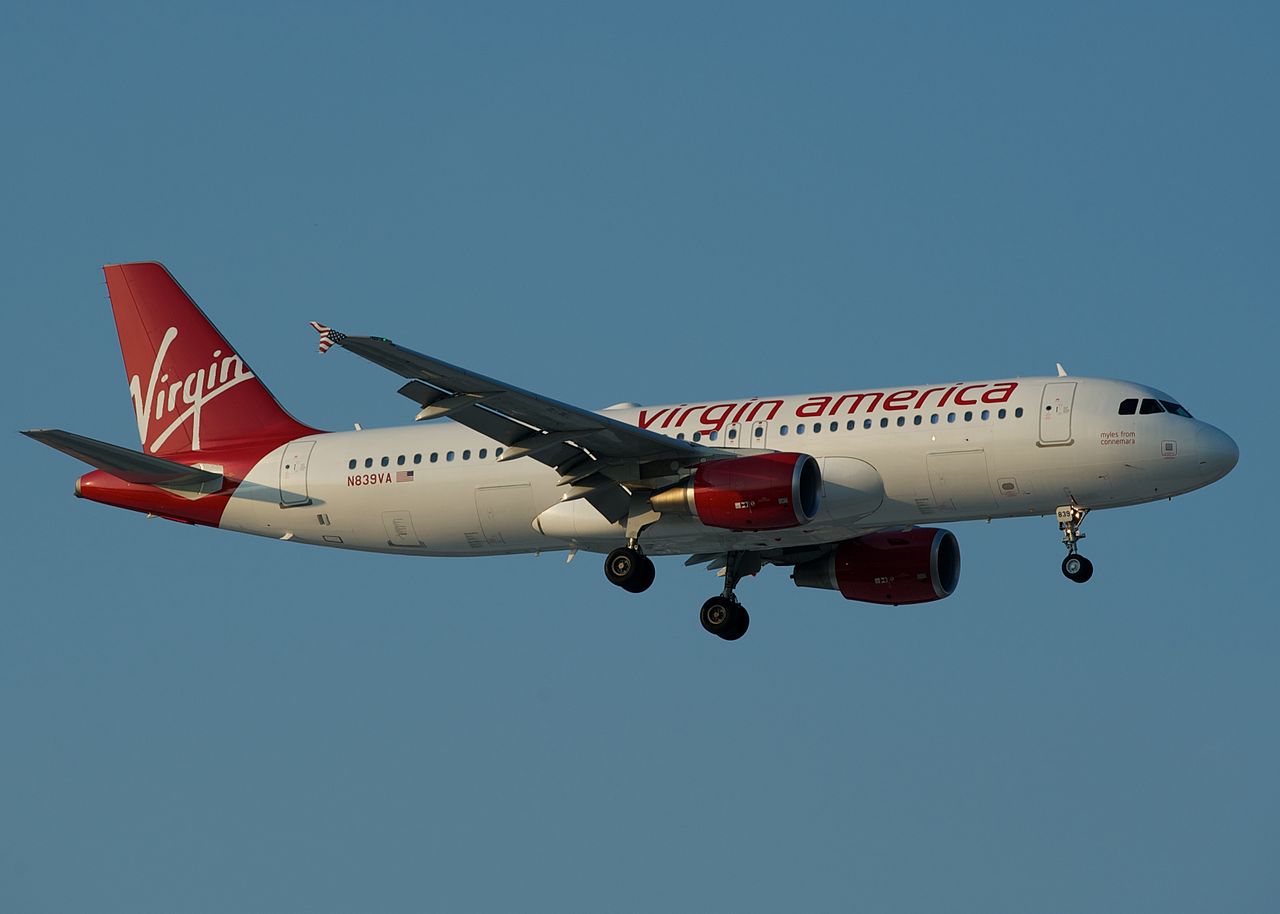

In 2016, Alaska acquired Virgin America for $2.6 billion, about $.7 billion more than Hawaiian. That strategic move broadened Alaska’s footprint, particularly on the West Coast, including LA and San Francisco. It also positioned Alaska as a major player among US Airlines.
With Virgin America onboard, Alaska increased its route network, customer base, and operations. The company enhanced its services to offer more destinations and flights with better connectivity.
Since that merger with Virgin America, Alaska has become a stronger, more capable, and competitive airline. If they get through their financial situation and DOJ clearance, their history should help with the significant challenges ahead of integrating Hawaiian Airlines.
Get Breaking Hawaii Travel News
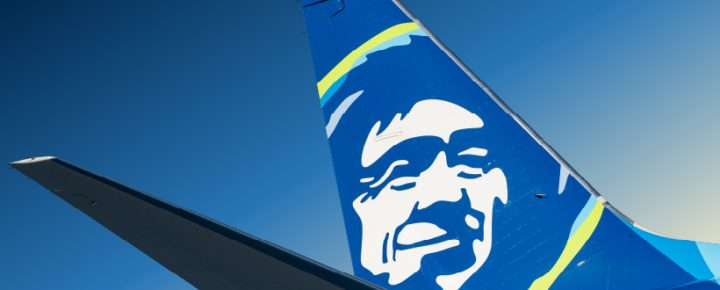
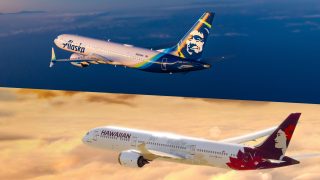

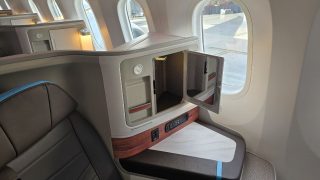
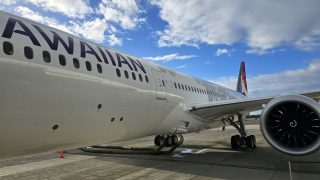
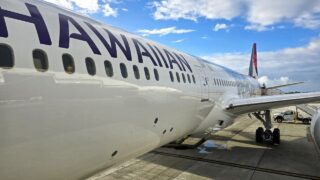

If merger does not happen, there is little possibility that HA can continue to operate. They have too much debt and management has shown that they really do not know what they are doing.
It would also leave only SW as the only full state carrier. This would drive up inter-island fares and force everyone to the “cattle car” experience that SW offers.
Thank you gentleman for keeping us informed.
I think the FAA and DOJ will have to take seriously the likely collapse of Hawaiian Airlines without this merger.
What would the collapse of HA do to competition and fares??
The same thing Hawaiian did when Aloha collapsed…Gouge the locals! They were the Monopoly and they took advantage of it. They even drove Island Air out of business. Ask the residents of Molokai and Lanai how they feel about Hawaiian running Island Air out of business, and then pulling out of the market…Hawaiian Nevah Care!